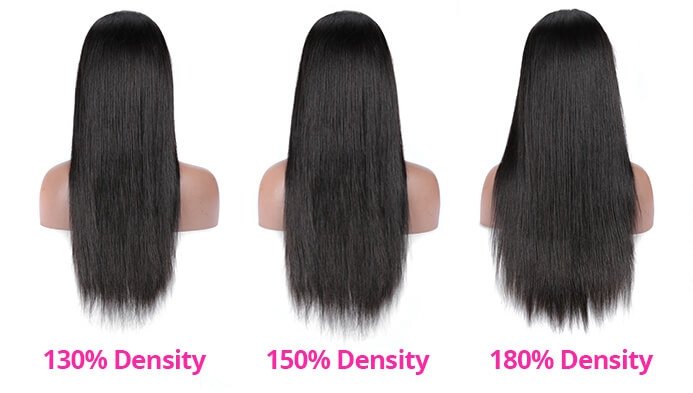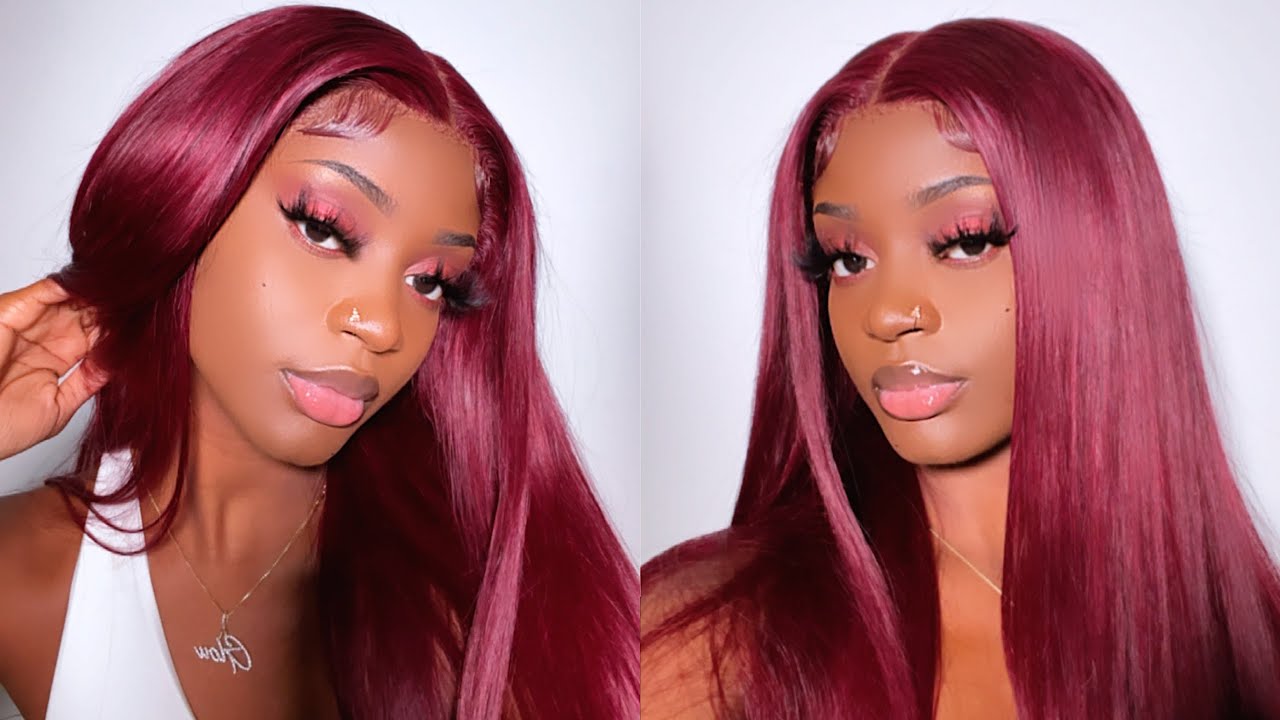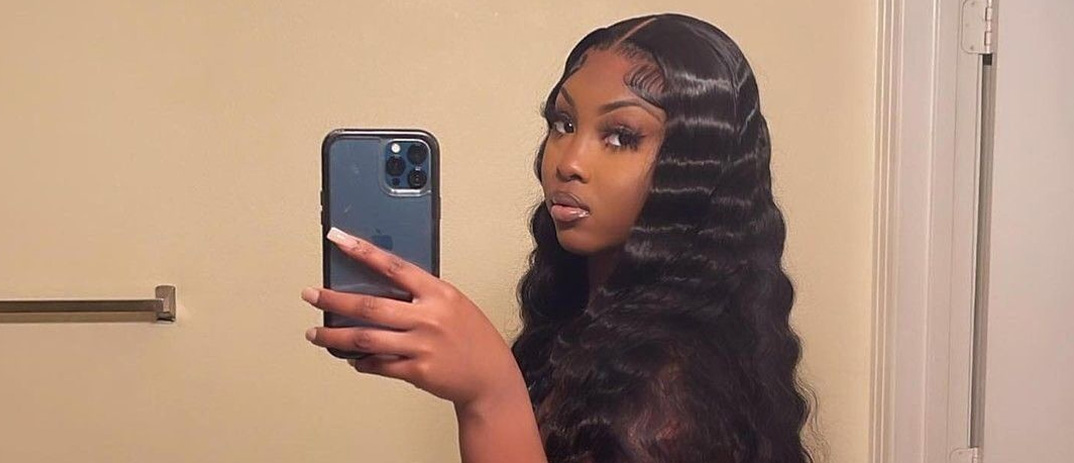what is the difference between 150 and 180 density wig
What Is A 150% Hair Density Wig?
When compared to medium-density wigs, 150% density wig creates a more full and voluminous appearance. It's a little thicker and is used by ladies to give them a fuller appearance. Wigs with a high density offer a lot of bounce, movement, and styling possibilities. Heavy density wigs may also be used to alter the hair into curved and wavy hairstyles.
The Advantages Of 150% Density Wig
l Light Weight
l Comfy
l Very easy to wear
l High Breathability
l Good Air Ventilation for Scalp
l Natural Looking
What Is A 180% Hair Density Wig?
The 180% density wig is very thick and has a unique appearance. Women who desire a full and high-volume look, usually artists or actresses who need to perform, wear heavy-density wigs. The wig's great density allows you to wear extravagant hairstyles, however, it may be a little unpleasant on your head.
l The Advantages Of 180% Density Wig
l Very Thick
l The full scalp of hair
l Helps to achieve a certain look
l Very High volume of hair
l Long-lasting
l Different opulent hairstyles
How Do You Select Your Best Wig Density?
This is the most incredible part. Now that you're aware of the various wig densities and characteristics, it's time to choose one of your options. Many individuals believe that the only crucial factors to consider are haircut and color. However, as previously said, hair density plays a significant influence in determining how well the wig will appear on you.
Before choosing the wig density, you need carefully examine the following factors.
l Constructions of Wigs
The first thing you should think about is wig construction. Because they have an impact on the wig's comfort and cost. Lace front wigs, lace part wigs, V/U part wigs, T part wigs, and headband wigs are the different types. Lace front wigs provide the most natural appearance and comfort; glueless wigs, such as U part wigs, v part wigs and headband wigs, are the easiest to put on and remove and are cheaper.
l Hair Density at Birth
The first thing you should do is assess your natural hair density. It is especially vital if you intend to integrate the closure wig with your hair.
Furthermore, if you want the wig to seem natural, you should select a wig density that matches your hair density.
l Hairstyle Specifications
You will need to choose a wig density based on the look you want. Lower density alternatives, for example, might be beneficial if you want to curve your hair. Heavy hair density wigs, on the other hand, will be a great alternative if you desire a straight and smooth look.
l What Is Your Age?
The hair on your head grows thinner as you age. If you want to get a natural look with your wig, you should avoid purchasing thicker density wigs. Choosing lower-density wigs will make it easier for you to put them on.
Choosing lighter-density wigs will let you present a more realistic and enthusiastic appearance. One that appears to be appropriate for your age.
l Wig Cap Design
Different wig caps with the same hair density provide various appearances. You should examine the wig cap design before selecting a hair density for your wig. The hair on full lace and 360 lace wigs are hand-tied to the base, giving them a natural and voluminous appearance.
l Length of Hair
Another factor to consider is the length of the hair. We've previously covered the various hair lengths and density levels that professionals recommend. Once you've determined the length of your hair, consult the chart for guidance.



